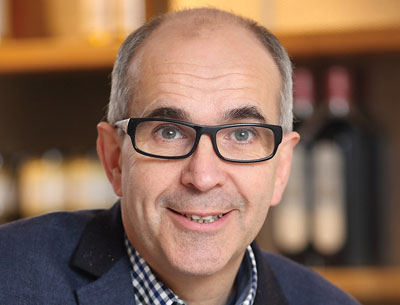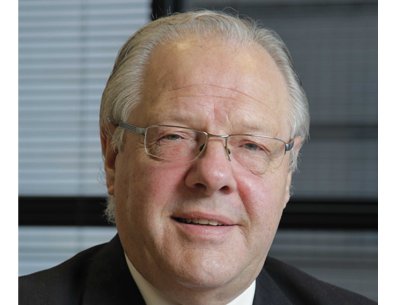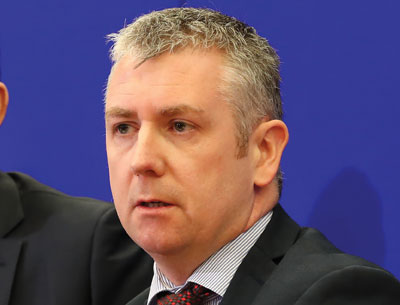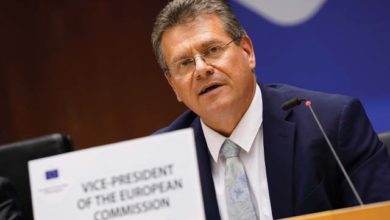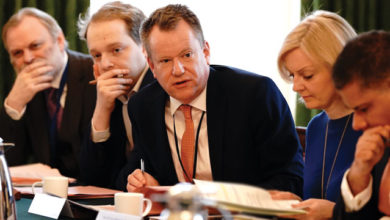Surviving as an all-island food industry post-Brexit
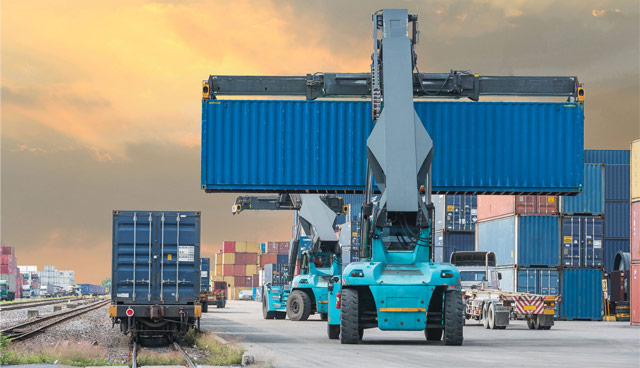
Key stakeholders from Northern Ireland’s food and drink sector recently discussed the prospects of industry post-Brexit at the Northern Ireland Agribusiness Conference 2019.
Brexit could have a devastating impact on Northern Ireland’s beef industry, according to Northern Ireland Meat Exporters Association (NIMEA) Executive Director Conall Donnelly.
Donnelly adds: “A no deal outcome would have implications for both beef exports and imports, if we are faced with a scenario, which could see our beef exports to the EU and third countries prevented. Meanwhile, the potential for unfettered competition from third country markets would be devastating for the livestock sector here. The last time we had a similar scenario was BSE.”
Donnelly believes that trade involving Northern Ireland with EU and third country markets has already been undermined due to uncertainty on health certification along with the added issue of potential tariffs.
“Beef exporters have been gradually building up a customer base in the EU and third countries over the past 15 years. Exports to these markets now account for over 20 per cent of Northern Ireland’s total beef output. It is vitally important that they are retained and built upon for the future,” he explains.
The Director of Northern Ireland Meat Exporters Association remains hopeful that we could end up with a trading scenario that would give Northern Ireland the best of both worlds, i.e. trading freely with both the UK and the EU, once the final Brexit trading deal is secured.
He says: “It is logical that the EU would seek to secure its borders from an animal health point of view. This is why Brussels is putting such a strong focus on live animal importations, once Brexit becomes a reality.
“We also need to look at current trading patterns between Northern Ireland and the Republic of Ireland. Currently half a million sheep are exported on the hoof from Northern Ireland across the border on an annual basis. One has to ask the question: What happens to this trade should the UK crash out of the EU?”
Donnelly repeats the assertion that the backstop would only kick-in should the UK fail to secure a trade deal over the coming two years.
“We already have checks on livestock coming into Northern Ireland from the rest of the UK. These are carried out by DAERA staff at Larne.
“It has also been confirmed that DAERA staff will be charged with the responsibility of carrying out inspections, should the implementation of the backstop be required.”
Dairy UK’s Director for Northern Ireland, Mike Johnston, also took part in the panel discussion. He says that cross-border milk sales could be exposed to the full EU tariff of ε21.8/100kg if the UK crashes out of the European Union.
“This is a very complicated matter,” he says. “However, if the UK leaves the EU without a deal, and the EU leaves its tariffs unchanged, then milk produced in Northern Ireland, which is subsequently processed in the Republic, would be subject to a tariff.
“Under these circumstances imports coming into the UK would be subject to whatever tariff levels the government finally decides on. However, tariffs would be paid on all exports from the UK to the EU and this would include cross border milk sales.
“Our current estimates put the tariff figure involved at around 19p per litre.”
Johnston went on to point out that it would be up to individual processers to decide how to react in these circumstances.
Angus Wilson, Wilson’s Country
“Current EU legislation prohibits the free movement of many goods manufactured using raw materials sourced in other regions, despite the country selling the final product having a free trade deal with Europe.”
“If the UK leaves the EU without a deal, and the EU leaves its tariffs unchanged, then milk produced in Northern Ireland, which is subsequently processed in the Republic, would be subject to a tariff.”
The Dairy UK representative also pointed out that processers in the Republic of Ireland and Northern Ireland would be eligible to claim Inward Processing Relief on cross border movements for processing, but the details of how this would operate are still unclear.
“This could help mitigate the impact of the tariffs imposed. However, this is a very complicated process. Current milk certification procedures may also be impacted by a no deal Brexit. Currently, there is full co-operation between the Department of Agriculture, Environment and Rural Affairs here in Northern Ireland and the Republic’s Department of Agriculture, Food and the Marine on this matter.
“However, if these working procedures broke down post-Brexit, it could prevent processers in the Republic of Ireland from manufacturing milk sourced north of the border into products destined for third world markets.”
John Thompson and Sons’ Managing Director Declan Billington does not believe that the securing of a free trade deal between the UK and Brussels represents a ‘get-out-of-jail-free’ card when it comes to sorting out agri trade issues on the island of Ireland, and beyond, in a post-Brexit scenario.
“Currently, all goods manufactured here in Northern Ireland, using components imported from countries beyond the European Union, can be moved without hinderance within the single market,” he says.
“Yes, there is a tariff to be paid when raw materials are initially brought into Europe. But that’s it.
“Once we leave the European Union, this state-of-affairs changes significantly. Current EU legislation prohibits the free movement of many goods manufactured using raw materials sourced in other regions, despite the country selling the final product having a free trade deal with Europe.
“Potentially, Northern Ireland’s animal feed compounding sector will be very exposed in this regard. The industry imports a high percentage of the raw materials it uses from countries outside Europe. South America, for example, exports a high percentage of the corn and soya used by local feed manufacturers.
“So, the question is: how will these raw materials be considered by Brussels, once Brexit takes effect?”
Wilson’s Country Chairman Angus Wilson explains that Northern Ireland’s potato sector now operates in a European market.
“One potential upside to Brexit is the possibility of tariffs being placed on potato imports into the UK. Such a development could help develop an improved market share for local growers and packers.”
Wilson confirms that his company’s business had a strong all-island dimension.
“We work closely with growers on both sides of the border,” he explains. “If Brexit goes wrong then we may well have to look at securing storage and packing facilities in the Republic.
Conall Donnelly, NIMEA
“The potential for unfettered competition from third country markets would be devastating for the livestock sector here.”
Declan Billington, John Thompson and Sons
“If Brexit goes wrong then we may well have to look at securing storage and packing facilities in the Republic.”
“This would add significant cost to our business. Currently all the potatoes grown on behalf of Wilson’s Country are stored and packed at our premises in Portadown.”
All of the participants taking part in the panel discussion felt that local politicians could do much more to reflect the needs of the Northern Ireland’s agribusiness sectors in the evolving Brexit debate.
Declan Billington says: “The current political vacuum in Northern Ireland is doing us no favours at all. As I understand it, officials in the Northern Ireland Office, the Department for Exiting the European Union and the Department of Food and Rural Affairs are working on bespoke strategies to ensure there is no hard border on the island of Ireland, whatever the out-working of the final Brexit measures.
“But Northern Ireland’s agri trade bodies must act in their own interests and come up with a back-up plan that helps secure their long-term survival in the wake of the wrong Brexit deal becoming a reality.”
“The potential for unfettered competition from third country markets would be devastating for the livestock sector here.”
Conall Donnelly, NIMEA
“If Brexit goes wrong then we may well have to look at securing storage and packing facilities in the Republic.”
Declan Billington, John Thompson and Sons
“Current EU legislation prohibits the free movement of many goods manufactured using raw materials sourced in other regions, despite the country selling the final product having a free trade deal with Europe.”
Angus Wilson, Wilson’s Country
“If the UK leaves the EU without a deal, and the EU leaves its tariffs unchanged, then milk produced in Northern Ireland, which is subsequently processed in the Republic, would be subject to a tariff.”
Mike Johnston, Dairy UK

